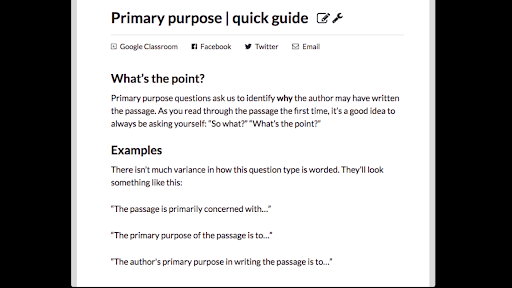When you write an article, you need to determine your main purpose. Is it to inform, persuade, or entertain? Or, is it to express your own ideas? How do you know what your primary purpose is? How do you plan to achieve it? Below are some general guidelines to help you determine your primary purpose. Once you know your purpose, you can write an article that will accomplish your goal.
Persuasive writing
Persuasive writing is the process of persuading a reader to agree with an author’s point of view or to do something specific. The writer backs up their point with facts, proof, and examples that are more likely to persuade the reader. Persuasive writing also has many elements that make it more fun to read and more effective for presenting a persuasive argument.
One of the most important elements of persuasive writing is research. If you can show that you have studied and researched a topic thoroughly, the reader will be more likely to agree with you. Make sure to look into the opposite side of the argument. Then, explain why you are presenting your point of view. If possible, use evidence to support your argument. If you do not have any supporting evidence to support your argument, it’s best to avoid writing about it at all.
While this type of writing will teach a writer how to use facts and research to make their point, it is not required to be good. Instead, you should select a topic that appeals to your sensibilities and interests. Doing research will help you craft a stronger argument, and a strong opinion will make your task easier. Remember that the more persuasive an article is, the more likely it is to be effective.
Personal narrative
In this kind of essay, the writer is the creator and muse of the story. However, there are certain guidelines that must be followed while writing the story. Personal narratives must have an introduction, a cast of characters, a plot and setting, climax and conclusion. The opening can also contain key points and lessons learned from the experience. For example, a personal narrative can be about a significant event in the writer’s life.
When writing a personal narrative, avoid lecturing, and narrate what you have learned or changed. If you’re unsure of what to write about, check out personal narratives published on GoodReads. One example is Jane Yolen, a New York Times bestselling author of three86 books. Her story begins with a poem about an owl, inviting the reader to consider the meaning of hope and gentleness.
Explaining a process
Explicit writing aims to inform or educate the reader. It attempts to reveal a process or method. Explanatory writing typically follows a structured format, and is composed of numbered and bulleted points. It uses imperatives and illustrations to reinforce the text explanations. The writer must also demonstrate the relationship between the parts and their relation to one another. The following are examples of different kinds of explanations:
An explanation of a process is a common approach to creating instructional texts. Regardless of the topic, a process analysis can provide insight on how the operation is done. For example, a recipe might explain the steps involved in making a cake: sifting flour, mixing milk, and oil, and folding in the flour. Next, the recipe might specify that the ingredients are added after the first step, such as baking soda, salt, and spices.
Trying to persuade
The purpose of writing is to influence readers. This can be achieved in a number of ways, including using forceful phrases, repetition, and supporting evidence. Persuasive writing can be both fun and informative. Often, it is the primary motivation for political writing and advertisements. While it can be used in both, a compelling piece of writing is a powerful tool for persuasion.
The primary purpose of writing any piece of literature is to reach a specific goal or persuade readers. All literature has a purpose and aim. What are the benefits of using this technique? Listed below are some of the advantages of using it:


